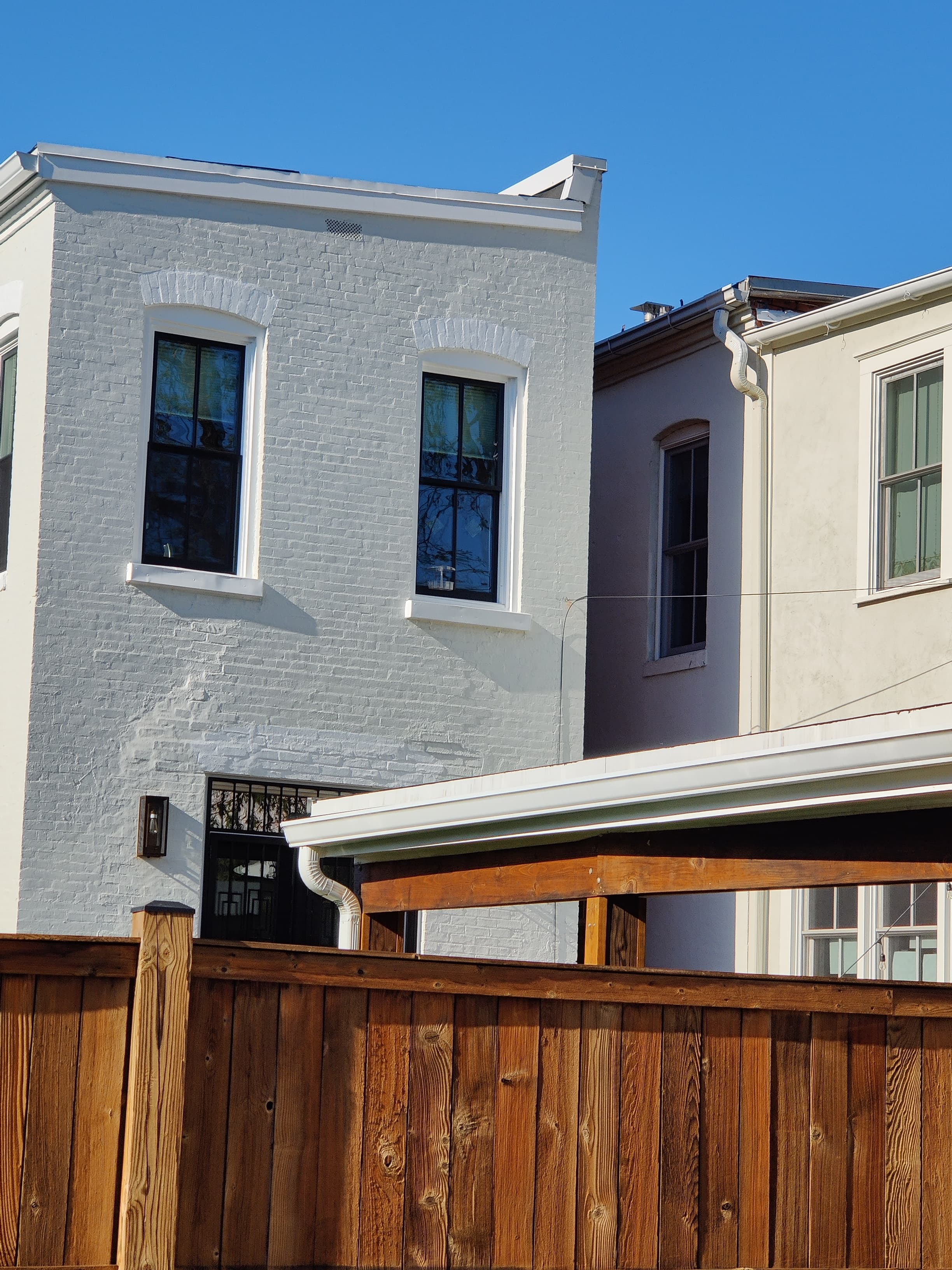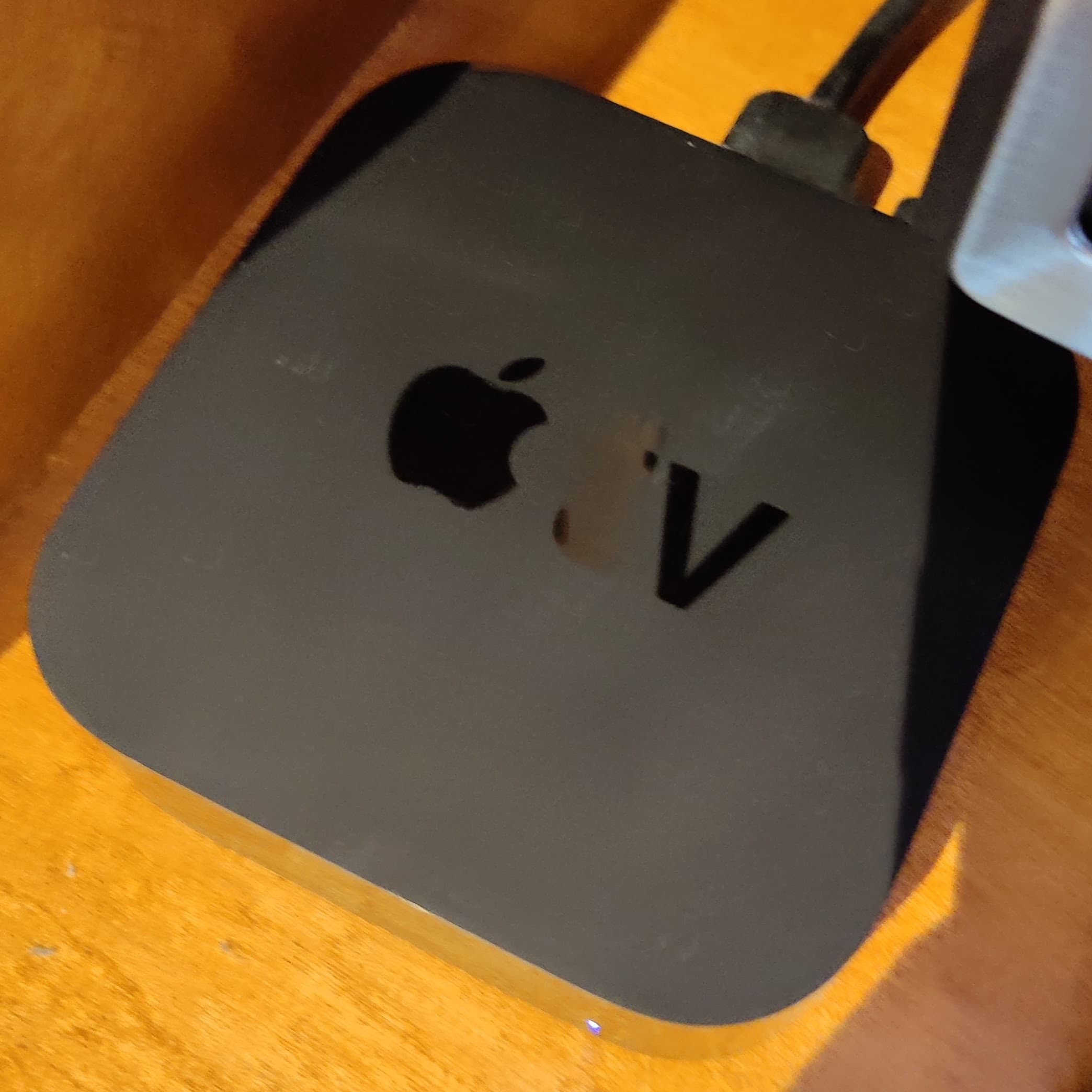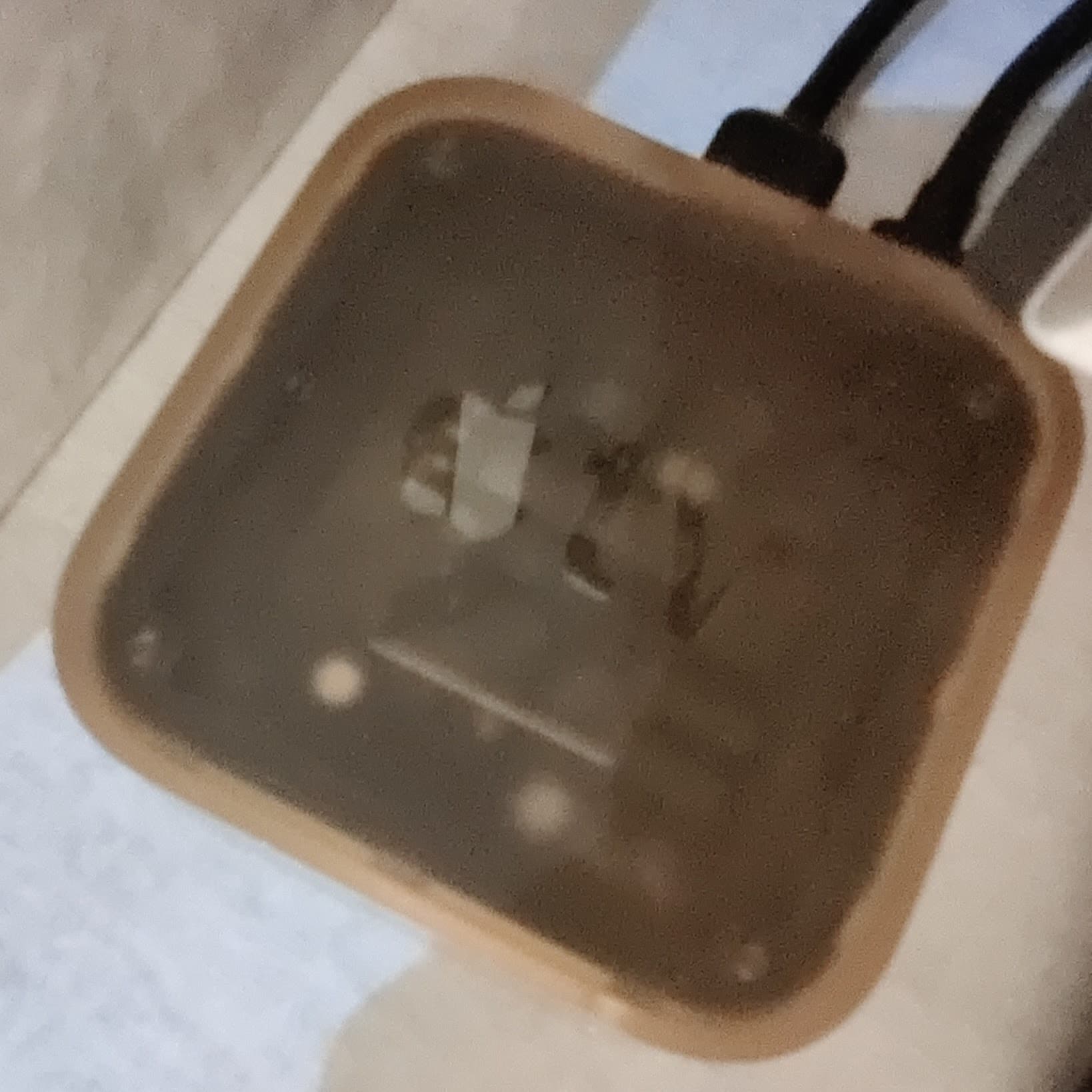OnePlus 8 Pro Review:
Death of a Flagship Killer
By PJ Shaw | June 6th, 2020
OnePlus came to market in 2014 as a company making budget-friendly competition to flagship phones, and they did it better than anyone else. They did it so well, in fact, that over time, a loyal fanbase formed, made up of people who loved their hardware and software alike. However, being the budget friendly devices that they were, these phones were always lacking in the flagship feature set. Things like a better camera, an official water resistance rating, and wireless charging were all sought after features by the OnePlus community. Those are the very features that will cost you, however. They are the features that take a phone from budget to flagship. Which brings us to now. The OnePlus 8 Pro is equipped with all of the features that everyone was asking for, but it doesn’t have the budget price. And to that, I say, “you asked for it.” I did too. OnePlus can’t be expected to bring the flagship features to their devices for the same price that they were once known for, and that’s okay. I was never willing to invest in a OnePlus device, no matter how small the investment may have been, because as much as I loved their clean approach to Android (even more than Google’s own version on the Pixel) and well designed, thoughtful hardware, I wanted those flagship features just like everyone else and I wasn’t willing to give them up, no matter how great a value I thought OnePlus’ phones were. The OnePlus 8 Pro changed all that. I wanted to choose a OnePlus device as an alternative to a Galaxy or a Pixel or an iPhone, not something in a lower class. Ok, maybe not a Pixel. I wanted to choose one because of what it had, not what it didn’t. Now that I’ve brought you up to speed, it’s time to wrap up the preamble and move on to the… amble? Whatever.
the Specs
The OnePlus 8 Pro is the latest and greatest from OnePlus. It offers OnePlus’ seasoned, critically acclaimed software, Oxygen OS, in conjunction with their all-new take on flagship hardware features. The phone sports the latest 5G (more on that) and WiFi 6 enabled Snapdragon 865 chipset, an Adreno 650 GPU, 128 or 256 GB of UFS 3.0 storage, and 8 or 12 GB of LPDDR5 RAM. It has their best-in-class in-display fingerprint sensor, beloved ring slider (or is it a mute slider?), and upgraded haptic feedback, a feature that I care way too much about.

Just Look At That Color
It adds wireless charging, but not just any wireless charging. OnePlus is one of the first to bring ultra-fast, 30 watt wireless charging to the market. It’s called Warp Charge 30 Wireless, and it will get you from 0 to 50 percent in just 30 minutes.

Warp Charge 30 Wireless
It almost directly competes with their own wired Warp Charge 30T that enables 0 to 50 percent in 23 minutes. Unlike certain companies (*ahem* Apple) and much like many others (pretty much everyone else), the fast wired option is included in the box. Their proprietary wireless charging stand, complete with a fan and vent (perfect for all those hardcore Android gamers out there looking for that aesthetic) goes for about $70. All of these charging options are available to you so you can fill up the phone’s decent 4510 mAh battery that provides enough hours to get you through the day, and no more.
Something else that you won’t find on any other OnePlus device is an IP68 water and dust resistance rating. The company has made its devices unofficially water-resistant in the past but by not getting it officially rated, was able to cut down the price tag. That has changed for the first time with this phone.
the Display
While OnePlus never skimped on the display, the 8 Pro brings it to a whole new level. This massive 6.78” curved AMOLED display with a 120 Hz refresh rate and QHD+ resolution competes with even the latest and greatest from Samsung, like the Galaxy S20 Ultra, and one-ups it by allowing the user to take advantage of both the highest resolution and refresh rate options simultaneously (an option Samsung decided not to enable, for which it has since received a lot of flack). OnePlus was one of the first to bring a 90 Hz refresh rate screen to its phones last year, and they outdid themselves with 120 Hz. 60 to 90 Hz was a much more noticeable jump than 90 to 120, but if you look close enough you can tell each kind apart. Obviously, 120 is even better than last year’s and the current OnePlus 8’s 90 Hz, but it isn’t as groundbreaking as the initial move to a high refresh rate. Similarly to the Galaxy, there is a hole punch cutout for the front-facing camera (although it is in the top left corner on the OnePlus as opposed to the centered one on the S20 series). It also has a 10-bit color display which basically means it can show more colors than you can count.

Display
To complement the high refresh rate display, OnePlus has added what it calls MEMC technology, or in normal terms, motion smoothing. It’s not as bad as you might think if you know the horrors of this “feature”, but I still don’t have it enabled. And to give credit where credit is due, unlike many TV manufacturers that leave motion smoothing on by default and bury it in the settings under a proprietary name, OnePlus ships the phone with the feature disabled by default. Good job.
the Cameras
Quite possibly the biggest upgrade to the OnePlus 8 Pro is its camera system. For many, including myself, the biggest flaw in OnePlus devices of the past has been their sub-par camera quality. No longer. The 8 Pro has a quad-camera system (one of which is completely redundant so don’t give them too much credit) complete with wide, ultrawide, telephoto, and color filter sensors.

Cameras
Its top of the line 48 megapixel Sony IMX689 f/1.78 sensor with optical and electronic stabilization brings the phone very close to the iPhone 11 Pro and Pixel 4, and is probably on par with the Galaxy S20 series, depending on your color science preferences (and if you like autofocus to work). It's a sharp shooter with a nice bokeh effect due to its shallow depth of field, is very good at properly exposing the shot, and does not oversaturate its photos like many other Android phones do. It also brings an upgrade to low light photography, thanks to its huge sensor and OnePlus’s camera software improvements.


Main Sensor
The ultrawide lens is a bit of a step down, but far from bad. In fact, it uses the OnePlus 7T’s main sensor, putting it above many other ultrawides out there. It's not quite as sharp and does not perform as well in low light. However, as a secondary camera, it's better than most ultrawides (excluding the iPhone 11). While still using a 48 megapixel sensor, it is an older and smaller model. The OnePlus 8 and older OnePlus phones have had 2 or 3 megapixel macro cameras, adding a fun feature to the device. They were not high enough resolution to really be useful, however. The 8 Pro does not have a dedicated macro camera. Instead, it uses the ultrawide lens as a much more effective alternative.

Macro Photo
This sensor is equipped with neither electronic or optical stabilization for video. The telephoto lens is a huge step down from its companions. It uses a much smaller 8 megapixel sensor and can only take photos at 3x hybrid (but lossless, according to OnePlus) zoom, but does have OIS. The phone is capable of 30x digital zoom, but taking that to the limits can’t be a good idea.

Telephoto

Wide

Ultrawide
The front-facing camera is a 16 megapixel Sony IMX471 sensor with EIS. It’s not great but it’s acceptable, and OnePlus seems to be consistently improving it with software updates. The OnePlus 8 series could be seen as a step backward due to its move to a hole punch camera in the display from the pop-up camera on last year’s OnePlus 7 and 7T Pros, giving the user a seamless display experience. I personally prefer this new option due to its improved durability and likely water resistance benefits, although there’s no denying that a motorized camera is just objectively cooler.

Selfie Camera
The rear cameras can record video at up to 4K 60 fps, and slow-motion in 720p 480 fps or 1080p 240 fps. The selfie camera can record at 1080p 30 fps. While the iPhone still has no competition for video, OnePlus has done a surprisingly good job with it, especially in regards to stabilization. Its OIS and EIS get you impressively close to gimbal quality video--even while running--with nothing but a phone in your relatively steady hand.
I separated the fourth rear camera for last because it makes me so angry: the color filter. If you’re wondering why you’ve never heard of that, it’s because nobody in the history of the world has ever wanted, asked, or needed one. It achieves a similar result to a filter you might use for a bad Instagram post, but optically, through a dedicated camera. Yup. That’s a thing, I guess?
Update: I decided to leave that portion of the review in because it’s still true. But I admit that after the discovery of its x-ray-like abilities I have lightened up on it a little bit. Cause who doesn’t want to see inside an Apple TV with their phone’s camera? Please just don’t disable it, OnePlus. Your useless addition can do one thing to make itself appealing other than enabling you to say you have a quad-camera system, who cares about the potential privacy issues?

Photocrom Disabled

Photocrom Enabled
I can’t help but wonder how much of my money went toward that useless piece of... I’ll stop myself right there, and use this as a segway to the next category.
the Price
The price of this phone is unheard of for OnePlus. Starting at $899 for 128 GB of storage and 8 GB of RAM, and going up to $999 for 256 GB of storage and 12GB of RAM, is, without any comparison and relativity, a cheap phone by no calculation. However, when the rest of the smartphone market is taken into account, this phone can be considered both very expensive and a great bargain. I personally don’t think either., I believe it is quite reasonable. No matter what you take into account, it’s an expensive phone. It’s no bargain, but it is a very good value compared to its most direct competitors. The specs don’t get any better than this on an Android phone, and OnePlus’s software only optimizes it to be faster and smoother than anyone else could. This is a new realm for OnePlus, and they seem to have gotten most of it right on the first try.
the Review
That wasn’t it? Don’t worry, I’ll try to keep it concise (an utterly meaningless statement coming from me). This phone isn’t a flagship killer, it’s a Galaxy S20 killer. Bet you didn’t see that one coming. Or maybe you did. It matches all of the specs (except for its telephoto capabilities), but it kills the S20 with the price. The cheapest S20 model starts at $999 with 12 GB of RAM, matching the identically priced and specced OnePlus 8 Pro--but the S20 has only 128 GB of storage, a big step down from OnePlus’ 256 GB. The S20+ comes in at $200 more, and is subjectively the most similar S20 model to the 8 Pro. The S20 Ultra entry level model is another $200 on top of that. I never even considered a Samsung phone because I can’t stand their software. I know Samsung’s One UI is better than what they used to offer, but it still isn’t for me. I’m an Android purist. But I also need the flagship hardware features that a Galaxy device offers, that’s why Google’s Pixel phones have never been perfect for me either. I’ve always loved the concept of OnePlus and their take on technology. Their mottos, “Fast and Smooth” and “Never Settle” say it all. So I didn’t settle, until now. Well, I guess I didn’t end up having to settle. The OnePlus 8 Pro is the first phone that offers everything I’ve been looking for in one: great, clean software; good cameras; top of the line internals; and flagship commodities like wireless charging and an IP rating. It even has 5G capabilities (but I guess that’s not an uncommon thing anymore). With Snapdragon’s latest 865 chipset, phone manufacturers really have no option other than to use a 5G modem with it. I’m sure this played a role in jacking up the price alongside everything else. 5G is a weird thing right now. It’s in an in-between phase where it’s passed just being an undeployed concept, but still isn’t widespread and, well, good enough to really be useful. Most people keep their phones for two to five years, and by that time it will have been a good call to get a phone equipped with 5G, even if it didn’t pay off right away. I for one am happy to future proof my mobile device.
I am clearly a fan of this phone (not that that’s a bad thing) so to make sure you don’t think OnePlus sponsored me (I wish!), I’ll give you some insight on the flaws of this device. For starters, the curved display. Samsung brought this to market years ago as a cool, gimmicky feature. It has never moved past that. It still looks cool (although the wow factor has come and gone) but offers no benefits whatsoever. In fact, it only makes using the phone more challenging, like when it registers accidental touches as a result of simply holding the device with your hand pressed against the edges. You know, like how you hold a phone. I don’t hate it and you can get used to it, but it is a redundant and annoying feature that all phone manufacturers should steer away from. Ironically, Samsung, who first popularized this feature, has ditched it almost completely with their S20 lineup, offering an almost completely flat screen. The size of this phone doesn’t help those accidental touches either. While it’s not necessarily a bad thing, this phone is definitely too big for some people. I got used to mine relatively quickly, but it was an adjustment--and I was coming from a phone that was not so much smaller. The OnePlus 8 Pro also lacks a seemingly basic software feature for a device with an AMOLED panel, an always on display (AOD). OnePlus has recently promised that this feature would be in beta by the summer and likely coming to consumers in the fall, but you should never buy something based on a promise. If this is a deal breaker for you (it’s kind of a stupid deal breaker though) then stay away from this phone until the feature actually gets released, by which time there should be an upgraded version available, most likely the OnePlus 8T Pro. For me though, it’s just a minor annoyance worth talking about.
Call me crazy, but fast wireless charging is stupid. If I want my phone to charge quickly, I’m going to use the faster, wired alternative. If I want to charge wirelessly, it will be on my nightstand while I sleep or on my desk for a top-up. Neither of the situations requires it to be fast. OnePlus claims that it didn’t want to use wireless charging until they could make it fast enough for their standards (remember, “Fast and Smooth”), and to that I say, “really?” By no means am I complaining that it exists, I even got the fast charger myself (it came with the launch bundle, I didn’t pay the $70). I’m just saying that if that’s the real reason they waited so long to add this highly sought after yet simple feature, then shame on them. Swallow your pride and give the people what they want. But I guess they did so I’ll shut up now. Don’t @ me. Lastly but not leastly, the color filter camera. Come on, guys.
Ok, I'm almost done, for real this time. The OnePlus 8 Pro is in a new category for OnePlus. They built their reputation around making great, budget friendly phones that were often regarded as flagship killers. This new device changes that. It is the death of a flagship killer, and the birth of a flagship.
